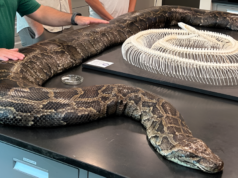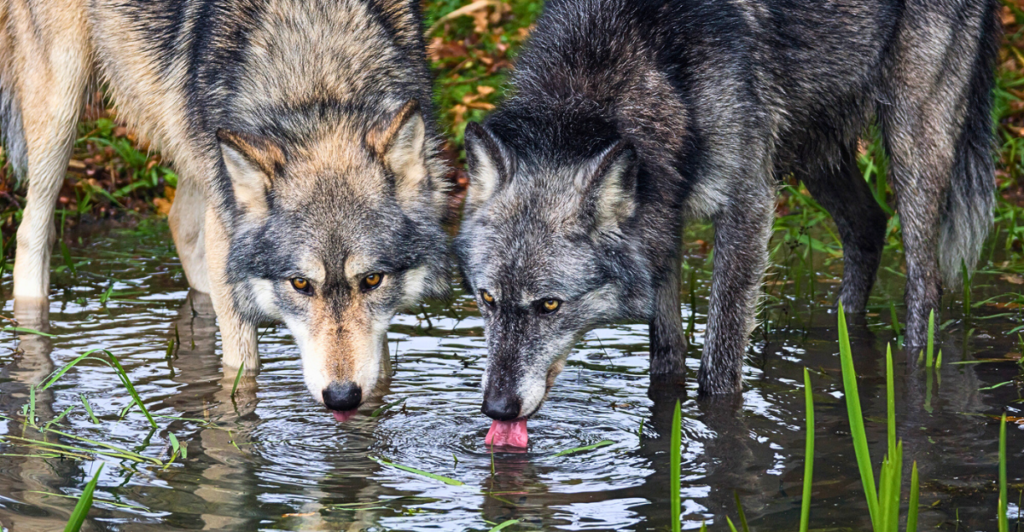
In the fight against climate change, the focus is often on renewable energy sources, such as wind and solar. New research, however, has found that Scotland could play a part in combatting climate change by reintroducing wolves back to the highlands. By keeping red deer populations in check, wolves could enable forests to regenerate, leading to a substantial increase in carbon capture.
Rebalancing the Ecosystem

Wolves disappeared from Scotland approximately 250 years ago. In their absence, red deer populations have thrived and devastated young tree saplings and stripped bark from older trees. Without natural predators, the unchecked deer numbers have led to widespread deforestation and reduced biodiversity.
The Impact of Red Deer on Forest Development
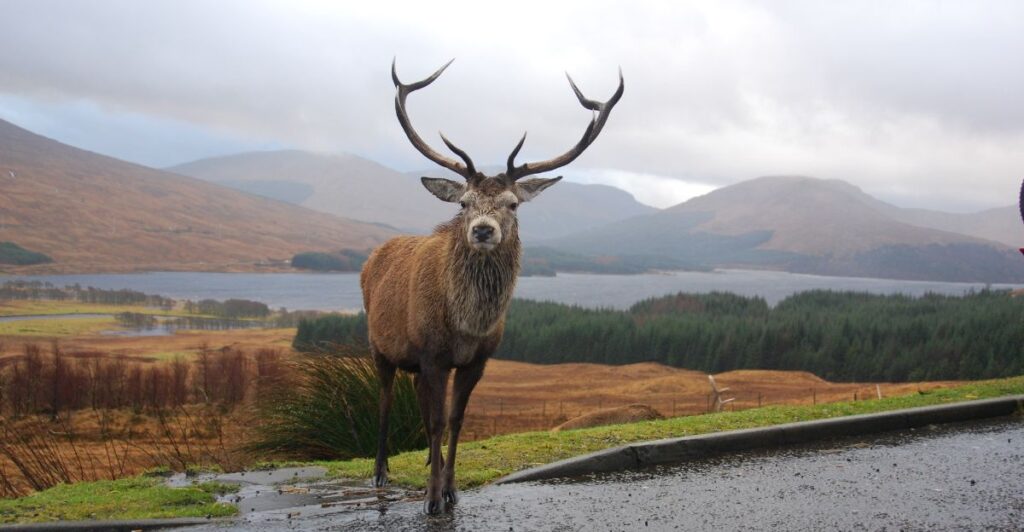
Scotland has among the lowest coverage of native woodlands in Europe, with only four percent of land covered by forests. The red deer population is so high that trees can no longer regenerate naturally. So far, fencing has been the only effective means used to prevent deer from grazing on young trees.
Wolves as a Climate Solution
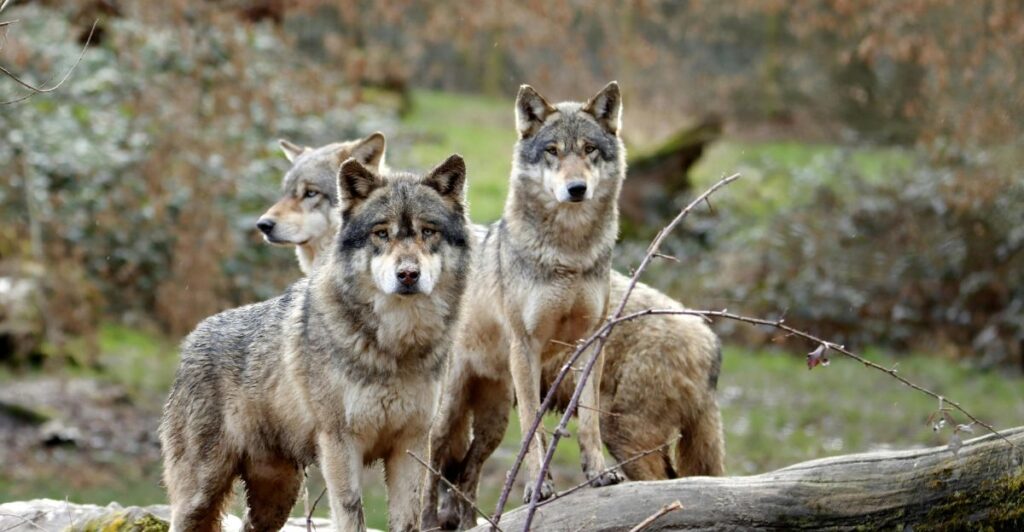
Researchers from the University of Leeds suggest that if wolves were reintroduced, they would help to manage and control the numbers of red deer, facilitating further natural regeneration of forests. Based on their study, it is estimated that each of the released wolves would allow for an annual carbon uptake between 6,080 tonnes of CO2, which is an estimated value of around £154,000 per wolf.
Meeting the UK’s Net Zero Goals
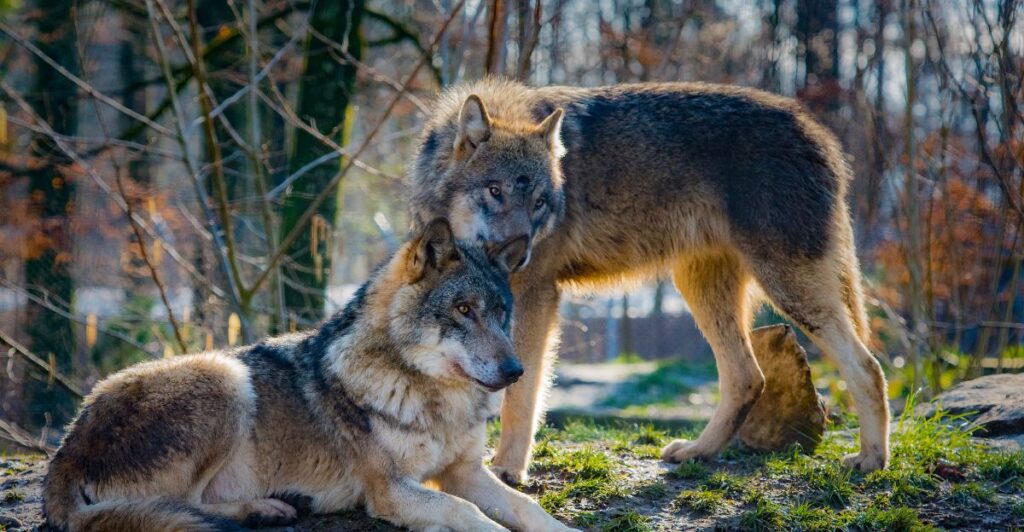
The study advocates for the introduction of 167 wolves across several regions of the Scottish Highlands would be sufficient to help keep red deer numbers in check, allowing natural forests to expand. This increased woodland coverage could remove one million tonnes of CO2 annually, providing five percent of the carbon removal required for the UK to be Net Zero by 2050.
Evidence from Other Countries
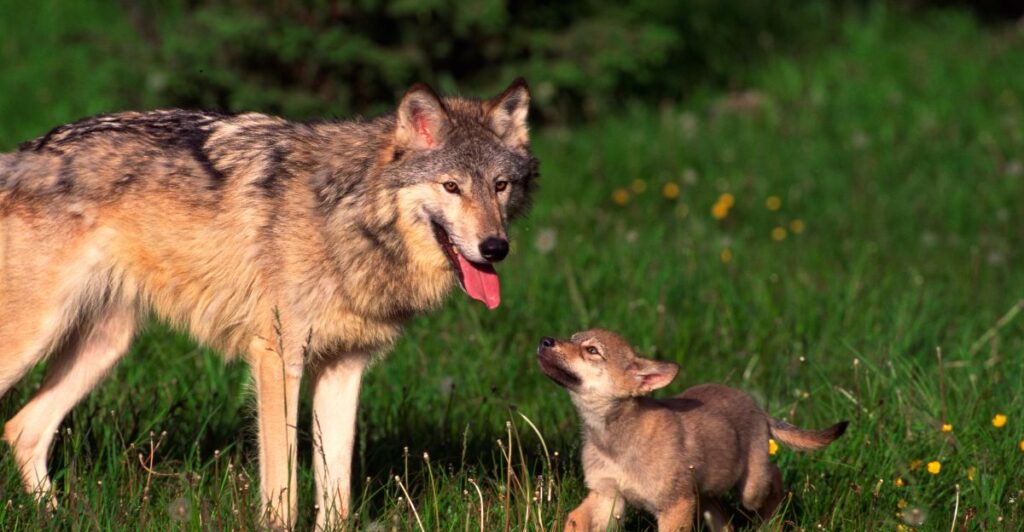
Today, there are more than 12,000 wolves across Western Europe, with populations thriving in places like the Netherlands, where human-dominated landscapes still support these predators. Their presence is often positively correlated with biodiversity, and today, wolves reside in 67 percent of their former historic range across Europe, demonstrating their ability to cohabitate with modern-day societies.
The Environmental and Economic Benefits
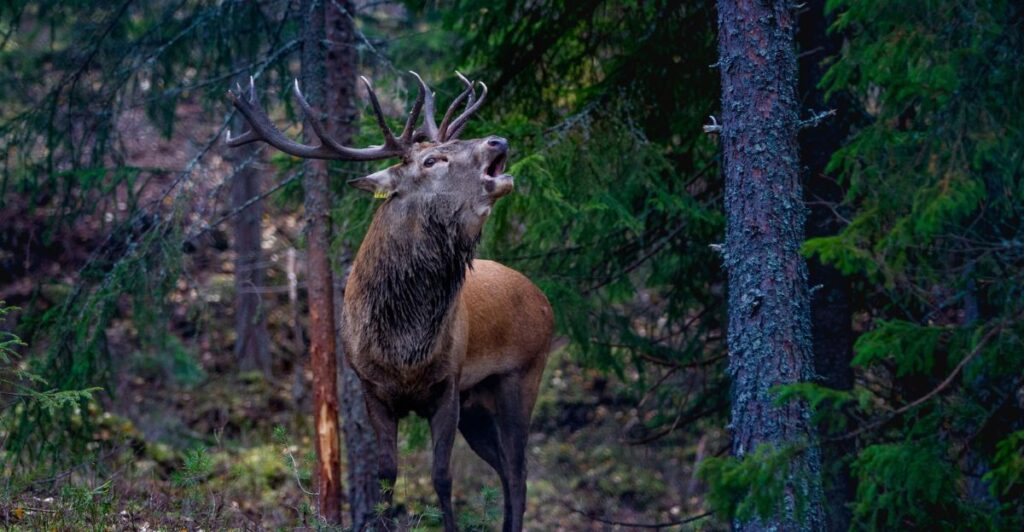
Beyond environmental benefits, wolf reintroduction could also boost local economies through ecotourism. Additionally, reducing deer populations could help lower road traffic accidents and decrease cases of Lyme disease, both of which are linked to high deer numbers.
Challenges of Wolf Reintroduction
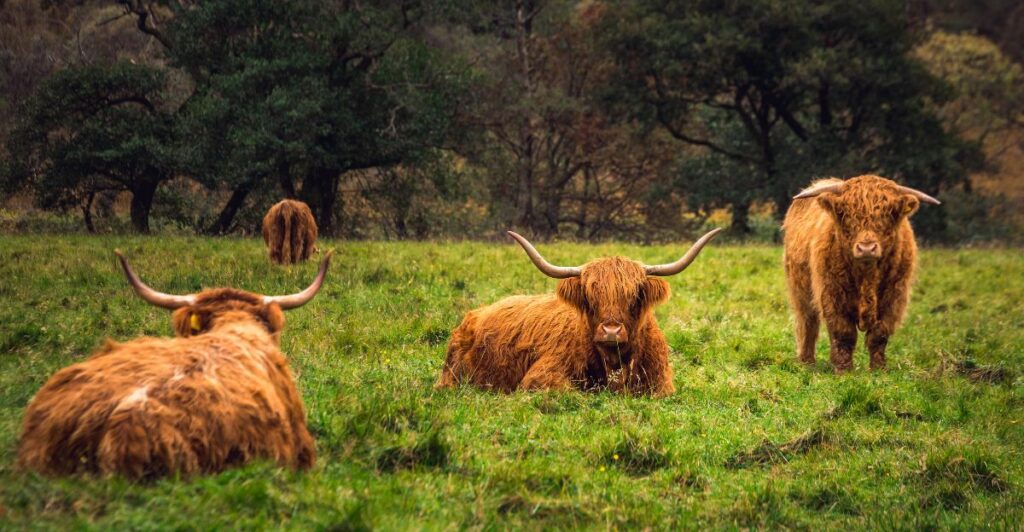
Despite the potential benefits, livestock farmers and deer stalkers will likely resist wolf reintroduction in Scotland. They could face opposition from landowners, pets, and livestock owners whose animals are preyed on (few animals would be spared), and impacts on hunting industries could lead to opposition from various stakeholders.
Managing Human-Wildlife Conflicts
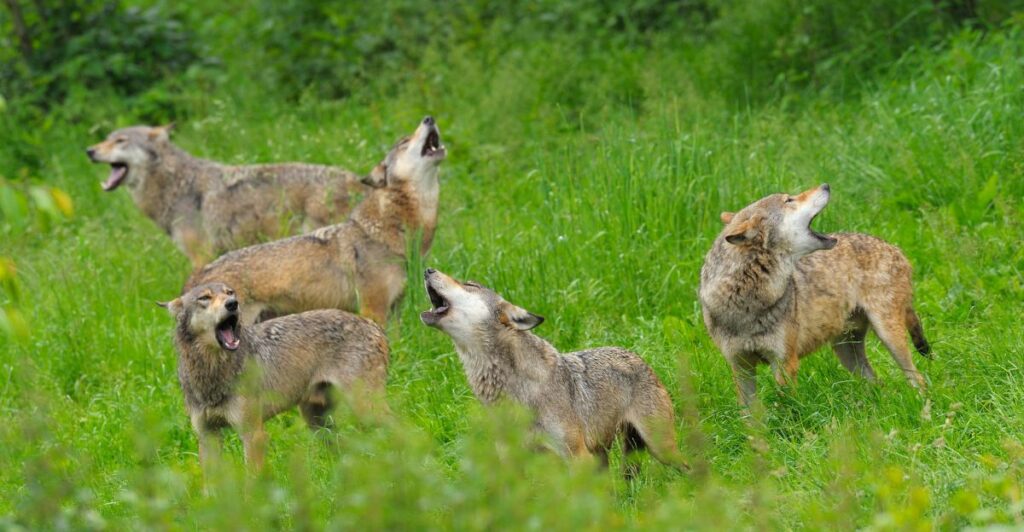
Policies to manage human-wildlife interactions are paramount for successful wolf reintroduction programs. Public engagement and education campaigns would be required to gain public support and devise plans to minimize negative interactions between wolves and local communities.
Lesson From Intensive Deer Management
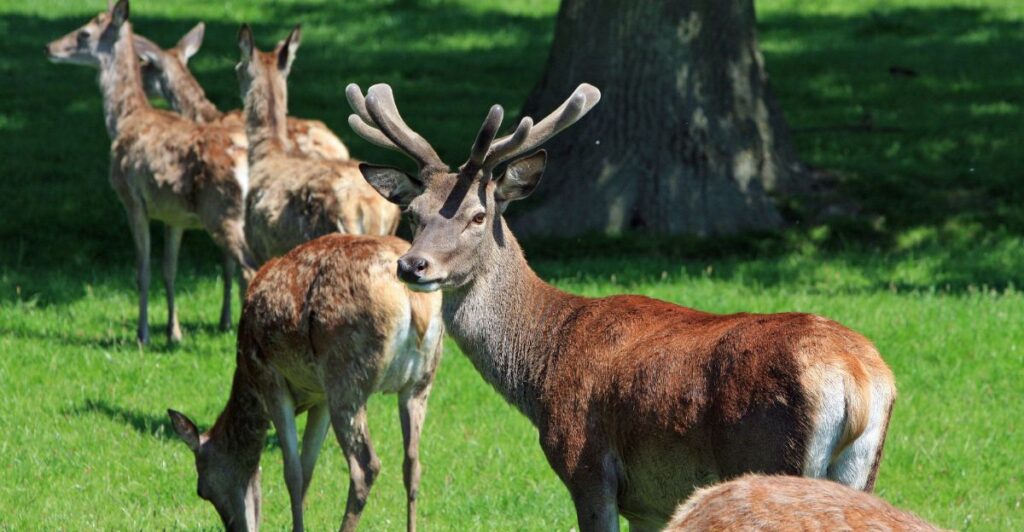
Research has demonstrated that reducing deer populations to approximately four per square kilometer enables woodlands to expand significantly. Intensive deer management strategies have demonstrated that even small reductions in deer numbers can result in substantial ecological benefits.
Potential Policy Considerations
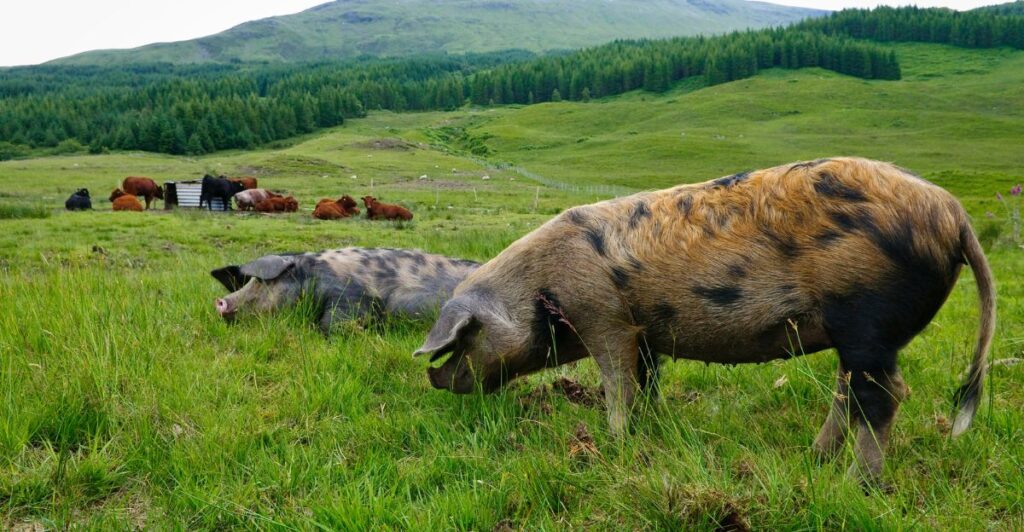
Before reintroduction is considered, extensive discussions between policymakers, conservationists, and local communities are essential. Establishing clear guidelines around managing wolf populations and minimizing the threat to farmers and hunters would be key to the initiative’s success.
A Step Towards Ecological Restoration
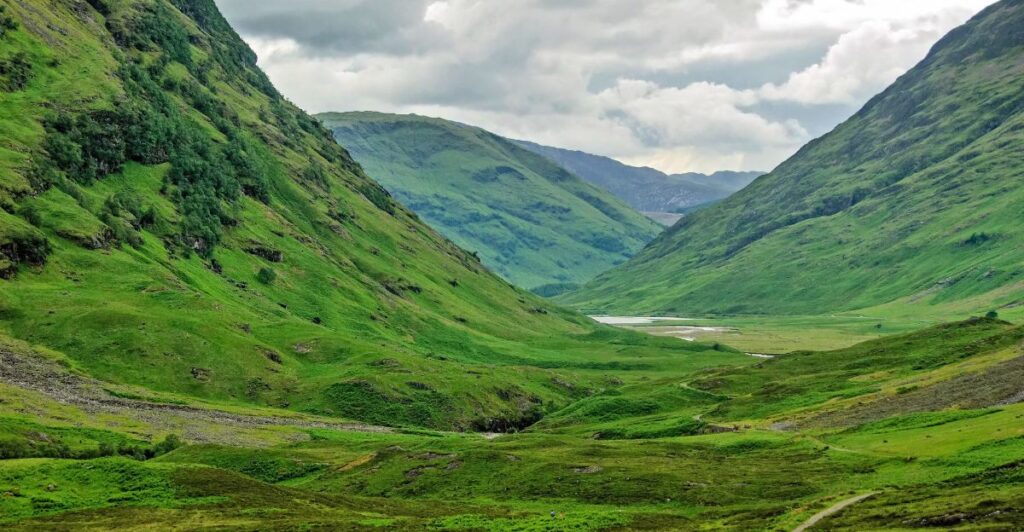
Lead researcher Professor Dominick Spracklen emphasizes that the climate and biodiversity crises cannot be solved in isolation. By reinstating natural processes like predator-prey relationships, ecosystems can recover, leading to broader environmental and climate benefits.
The Future of Wolves in Scotland
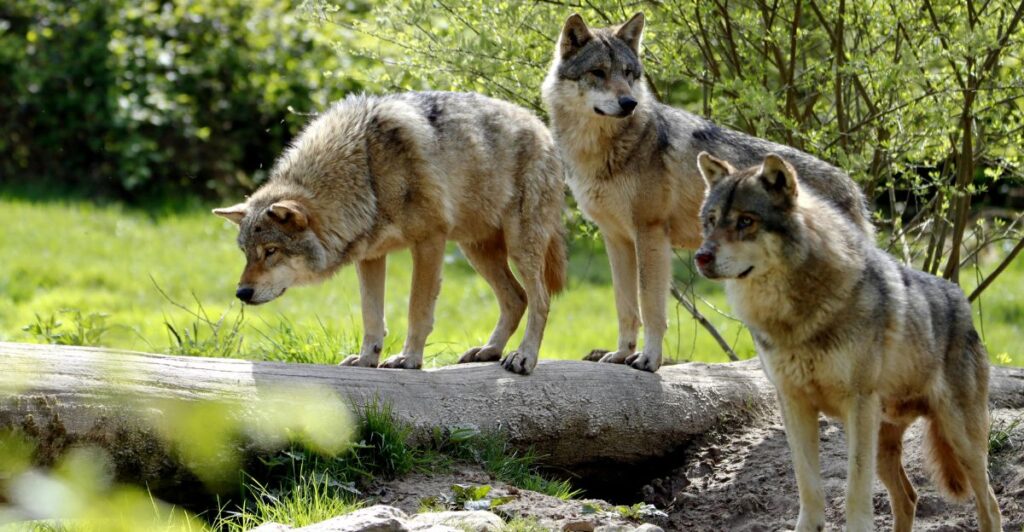
While reintroducing wolves to Scotland is contentious, this study highlights their potential to contribute to both ecological restoration and climate change mitigation. Further research and public engagement will be crucial in deciding whether wolves could be a key component of Scotland’s path to Net Zero.
Discover more of our trending stories and follow us to keep them appearing in your feed

Concerns Mount as Largest Dolphin Pod Ever Recorded Headed For California
“There Will Be Eruptions”: Concerns Mount as Yellowstone Supervolcano Activity Increases
The War on Cows Is Over—And Green Extremists Have Lost
Scientists Are Bringing Back The Wooly Mammoth
References:
Reference 1
Reference 2
Reference 3
This article first appeared here
Stay connected with us for more stories like this! Follow us to get the latest updates or hit the Follow button at the top of this article, and let us know what you think by leaving your feedback below. We’d love to hear from you!



